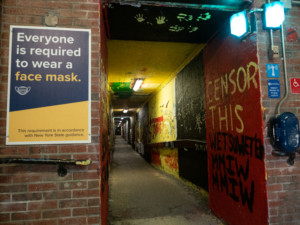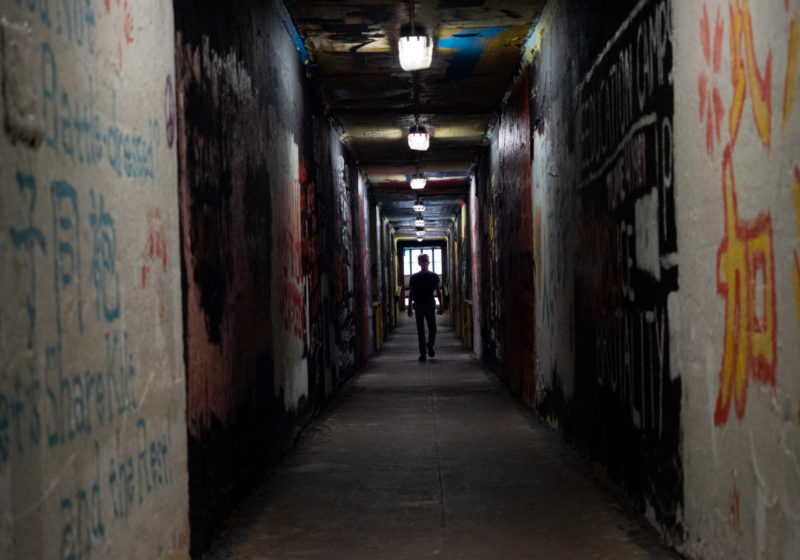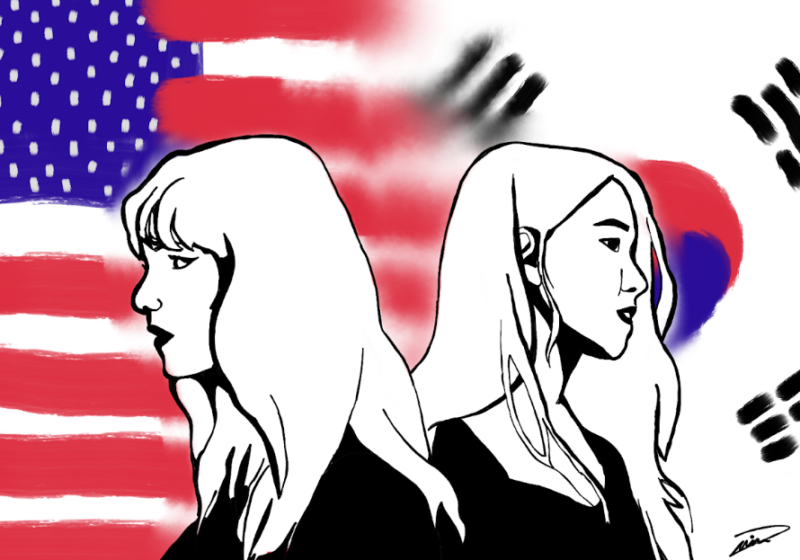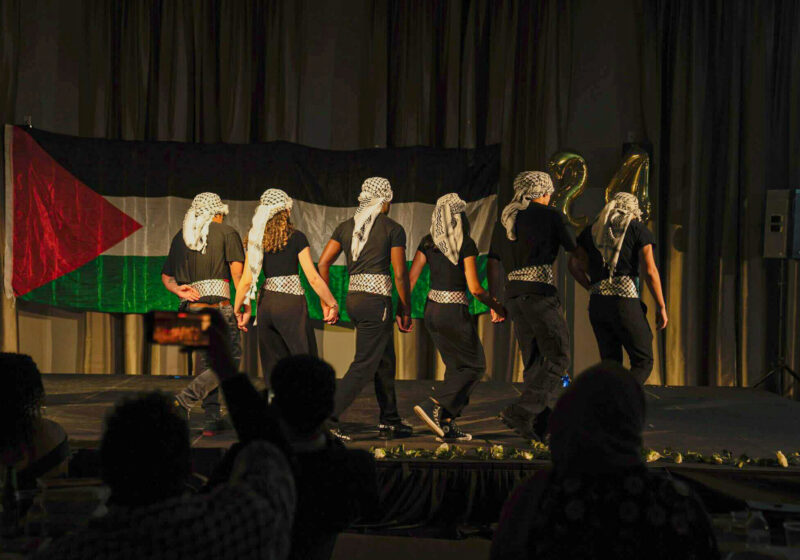The stretch of tunnels from Eastman Quad to Hoyt, once a space for students to plug clubs, political commentary, or personal artwork, has had its public paint status temporarily revoked due to COVID-19 concerns.
The temporary painting ban was announced in a Sept. 2 email from Dean of Students Matthew Burns and Dean of the College in Arts, Sciences, and Engineering Jeffrey Runner. In their email, the two explain that “due to inadequate space and ventilation,” the Coronavirus University Response Team (CURT) had recommended a painting ban for all of Fall 2020.
In a statement to the Campus Times, SA President and senior Justyna Gorka explained that CURT’s initial recommendations were to close the tunnels entirely. Several voices, however, pushed back, believing that the tunnels are critical for transportation on campus, so the team came to a compromise of banning tunnel painting — an event which they feared brought large groups of students in the tunnels for an extended period of time.
“From a health and safety standpoint, the decision is an obvious one,” Burns and Runner wrote in their email. “But given the significance of the painted tunnel to student life on the River Campus, it is also a painful one.”
Several students raised eyebrows at a possible connection between the painting ban and the Aug. 13 removal of the flag display in Hirst Lounge, as both locations were a hot spot for conflict the past school year, which directly led to the temporary removal of the flag display.

A view of the painted tunnels. Courtesy of Henry Litsky, Photo Editor.
“To my knowledge, the two are not connected at all,” Burns wrote, pointing to the health risks identified by CURT for the tunnels, and explaining that the flag decision followed several months of discussions. “I’m not sure what more I can say about that.” In their initial email, Burns and Runner attempted to assuage students’ fears of censorship and explained that they would work with SA to provide an alternative space for student expression.
Gorka explained that SA leadership had met with administrators right before the email was released to discuss plans moving forward, and concluded that they would collect student input before proposing their plans to administration.
Like many of the safety rules surrounding COVID-19, it is unclear if and how UR will enforce the ban.
“I suppose there may be disciplinary action should students choose to disregard the email, but I don’t anticipate that they will,” Burns wrote.
Burns told CT that the University might take “advantage of this time to remove the many, many layers of paint on the walls,” but this may pose safety issues. For instance, the stretch of tunnel has served as a public space for so long that there might be layers of lead paint on the very bottom. Like asbestos, Burns explained that the best option, in this case, would be to leave the paint on the walls.
Alternatively, UR might apply a fresh coat and “leave them blank in anticipation of returning to the tradition once this crisis is over.”
The third and final option is to leave them as they are, depicting the controversial paintings from last May. Left unchanged, the tunnel will feature paintings accusing China of committing genocide against the Uyghur Muslims, condemning the Canadian government for its actions against the Wet’suwet’en tribe, and supporting the movements for legal freedom in Hong Kong.
Editors Note (9/8/2020): A previous version of this article misspelled Jeffrey Runner’s name. It has since been fixed.



